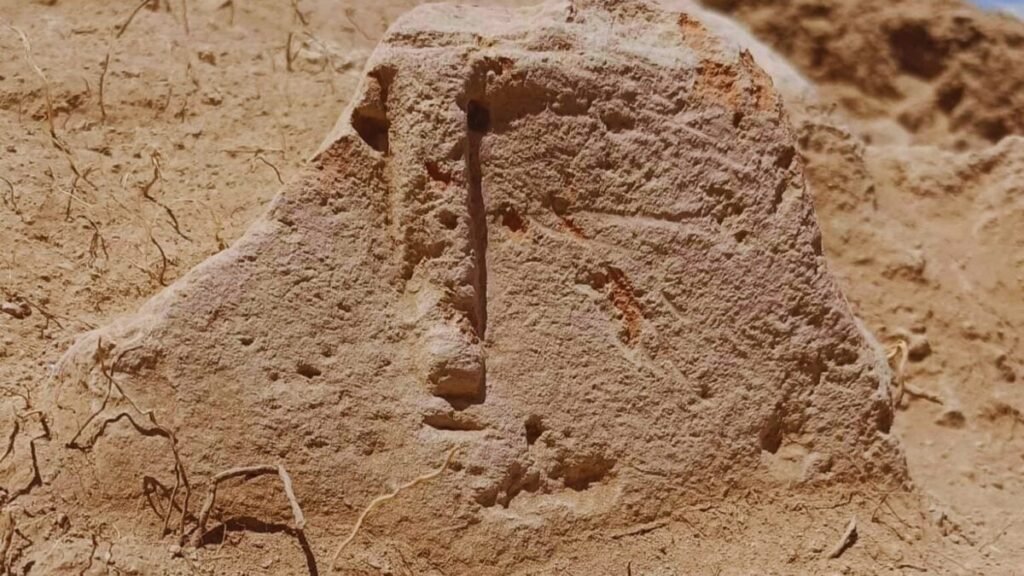The idol watching from the past: Figure found next to a stone box in the ruins of an ancient fortress in Armenia

Amidst the dust of time, on a hill named Surb Davti Blur, a team of archaeologists found something that seemed to be watching them — eyebrows, nose, thin lips — leaning against a sealed stone box. There, among the ruins of the ancient Urartian fortress of Argishtikhinili, a city built 2,500 years ago, a presence emerged that seemed to be waiting for them.
The discovery, part of the second Armenian-Polish archaeological campaign, led by Dr. Mateusz Iskra (University of Warsaw) and Dr. Hasmik Simonyan (National Academy of Sciences of Armenia), is transforming what was known about domestic and spiritual customs of the South Caucasus in the late 7th century B.C.
A Discovery that Rewrites Everyday Life

was found inside a monumental dwelling, nearly 400 square meters in size, that was part of the fortified core of the city. The floor, still paved with stone slabs and adobe bricks, was almost intact. In one of its rooms, storage jars remained in the same place where they were placed over two millennia ago.
But the real mystery lay in an adjacent room. There, the idol — sculpted in volcanic tuff, about 50 centimeters in height — was found leaning against the side of a stone box. could be a domestic cult object, linked to fertility practices or ancestral veneration. “Leaning against the box, the figure seemed to occupy its original place. It’s as if no one had touched it since then,” explained Dr. Iskra.
plans to analyze the contents of the box to determine if it contained ritual offerings or ashes, a clue that could clarify if the idol was part of a private altar or a small family shrine.
Between Life and Death

A few meters from this , researchers found something equally fascinating: a necropolis of cinerary urns, the largest cremation cemetery found in Armenia to date. The ashes were carefully stored in ceramic containers, often accompanied by small funerary objects. “It is a discovery of enormous value for national archaeology,” noted Dr. Simonyan.
The city ensemble and its necropolis reveal a complex society, with hierarchies, beliefs, and a spirituality that survived the collapse of the Urartian kingdom.
A Face Waiting for Answers
Perhaps representing an ancestor, perhaps a forgotten deity. But like every figure carved to outlast its creators, it has fulfilled its purpose: to keep looking from the past, waiting for someone to look back at it.






